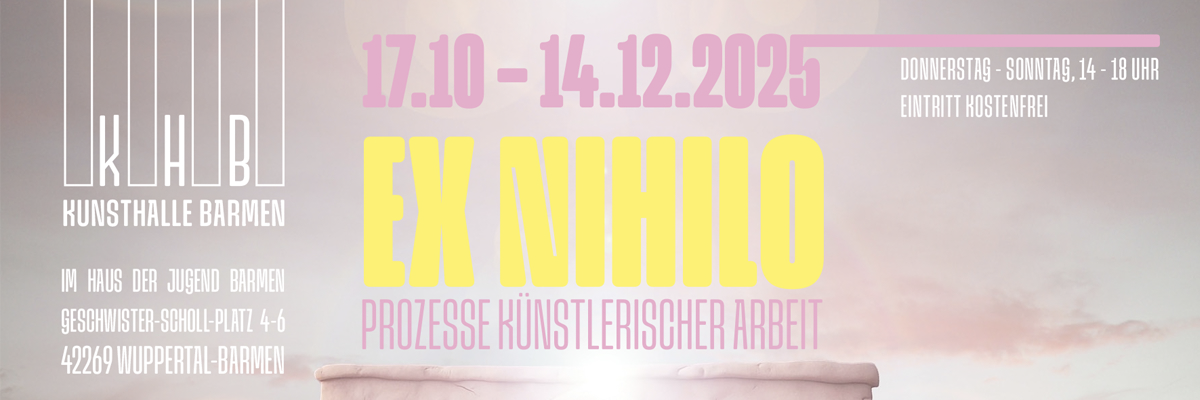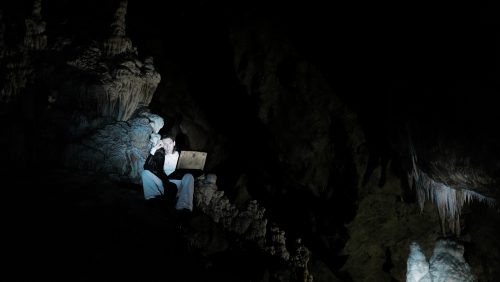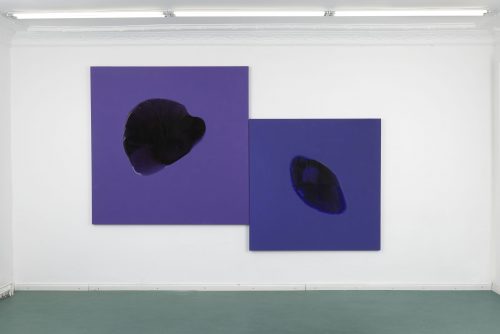
Grace Kalyta
Hall of Mirrors

Advertisement
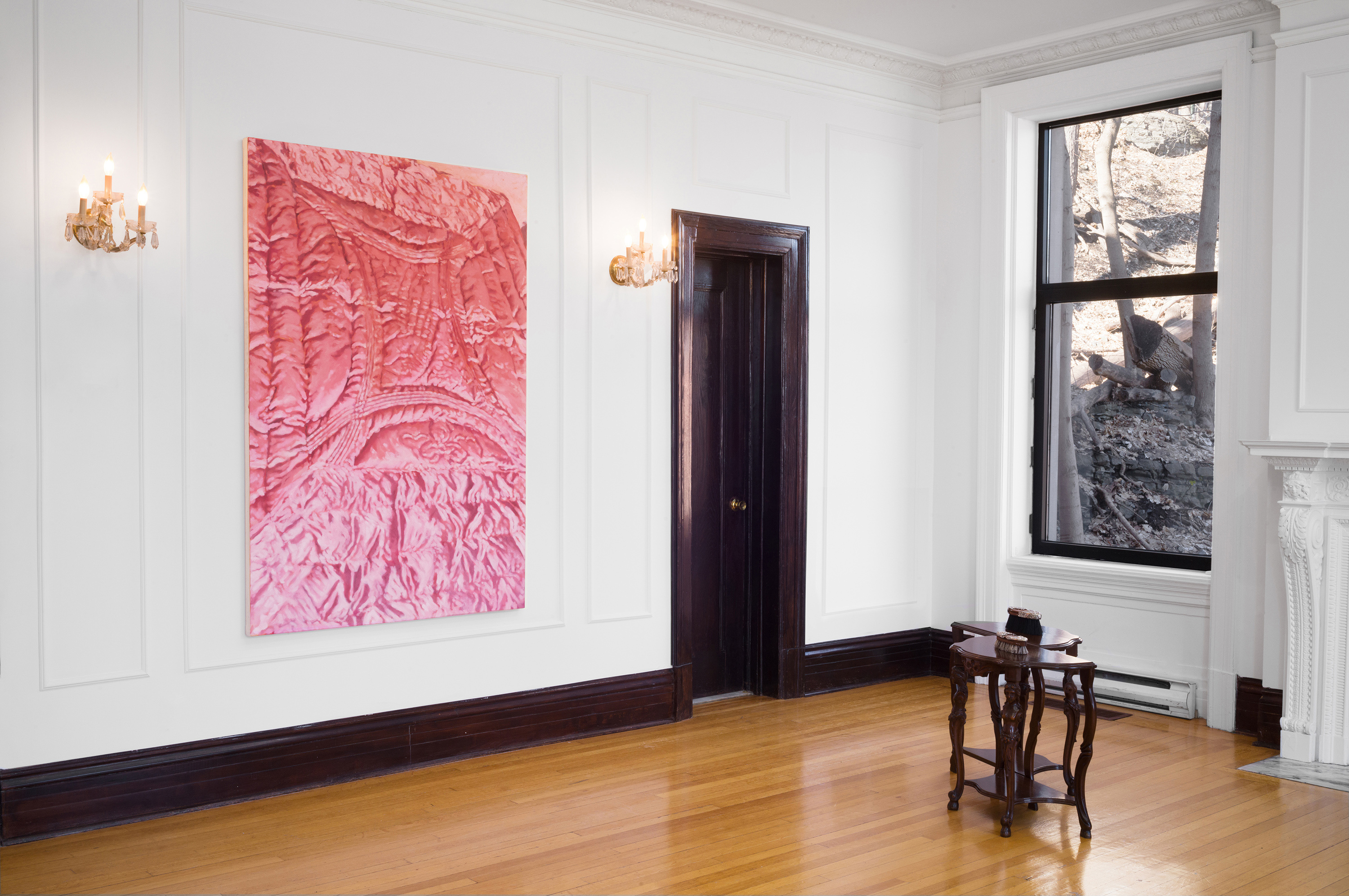

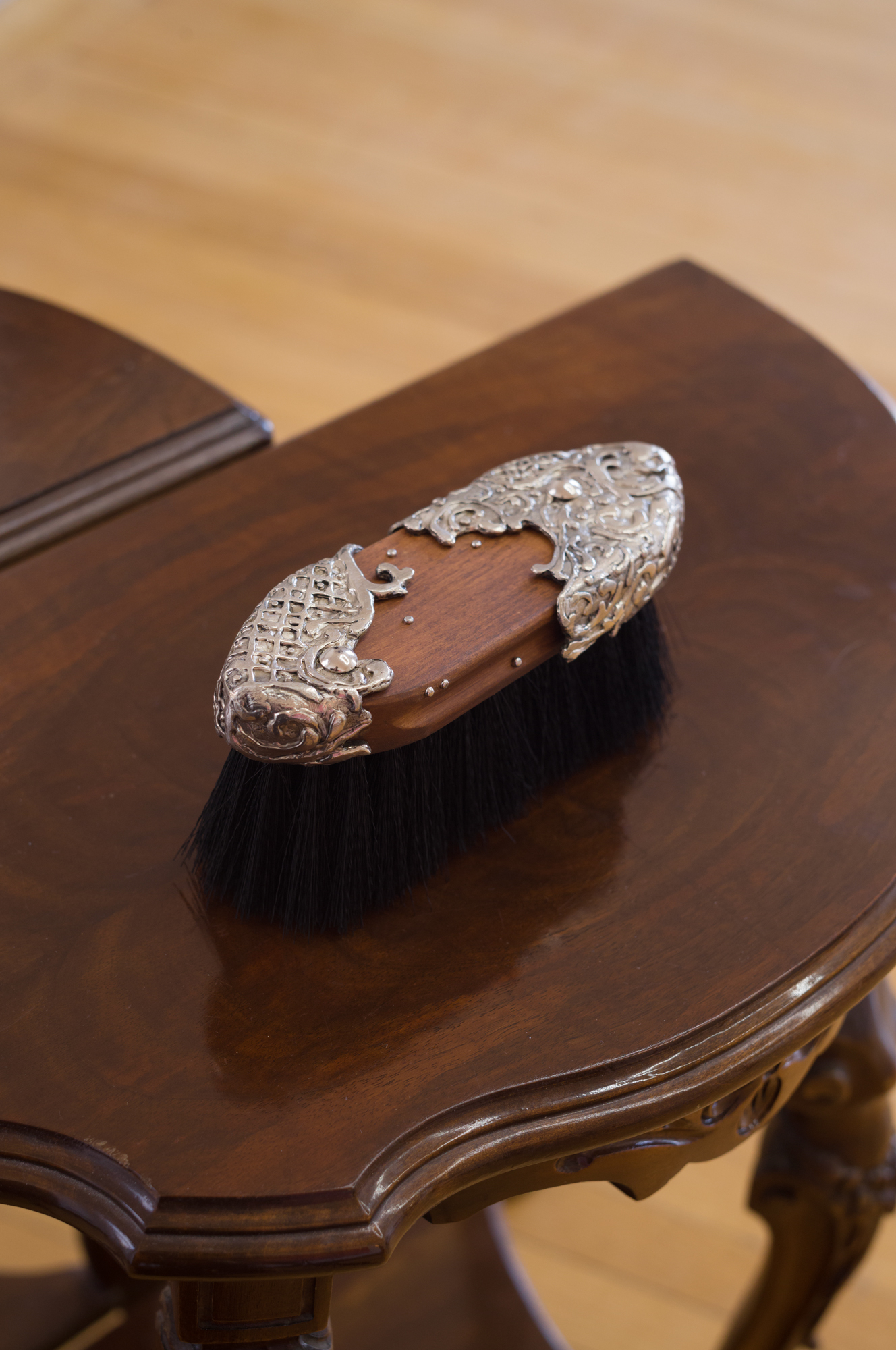
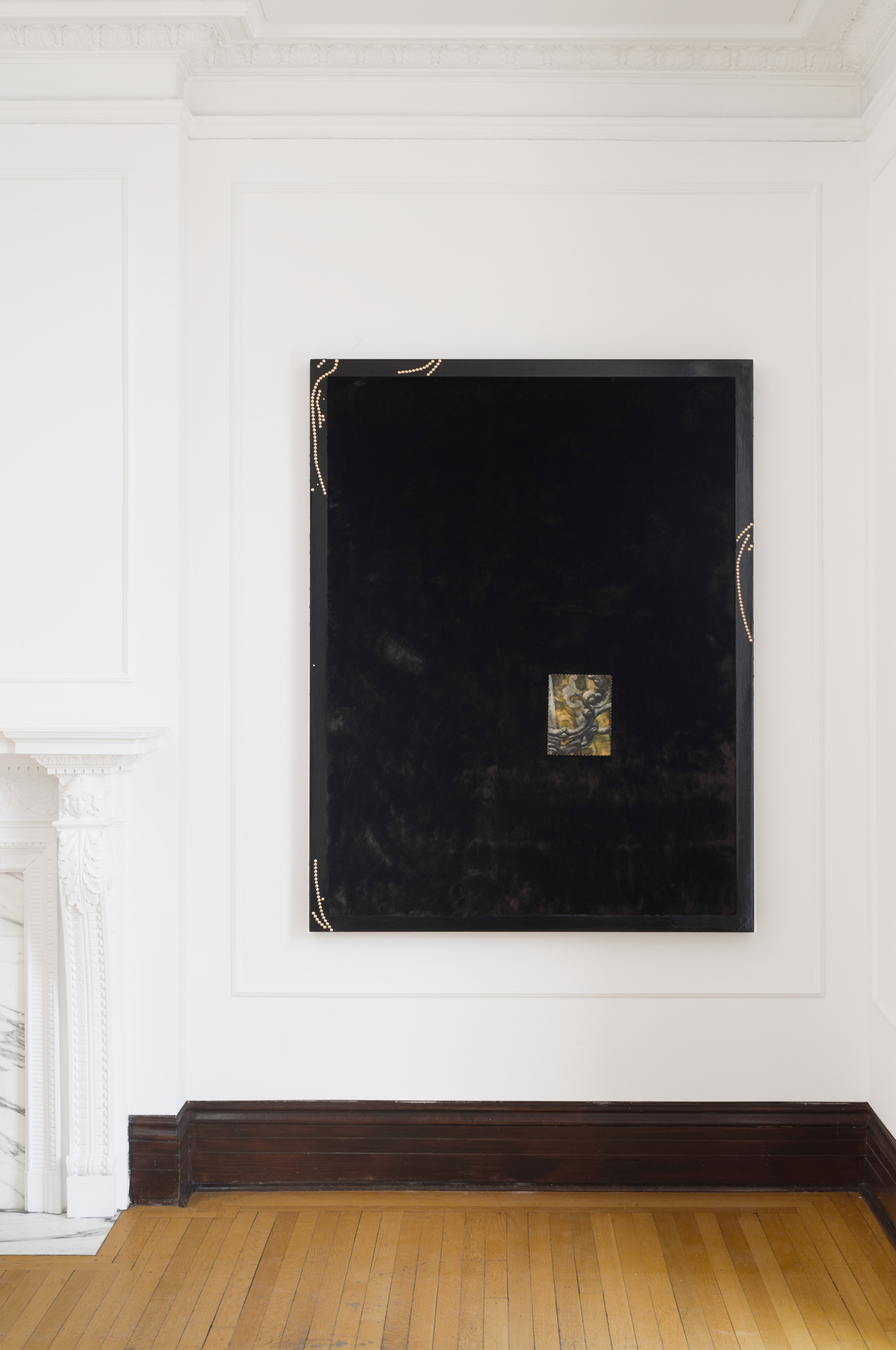




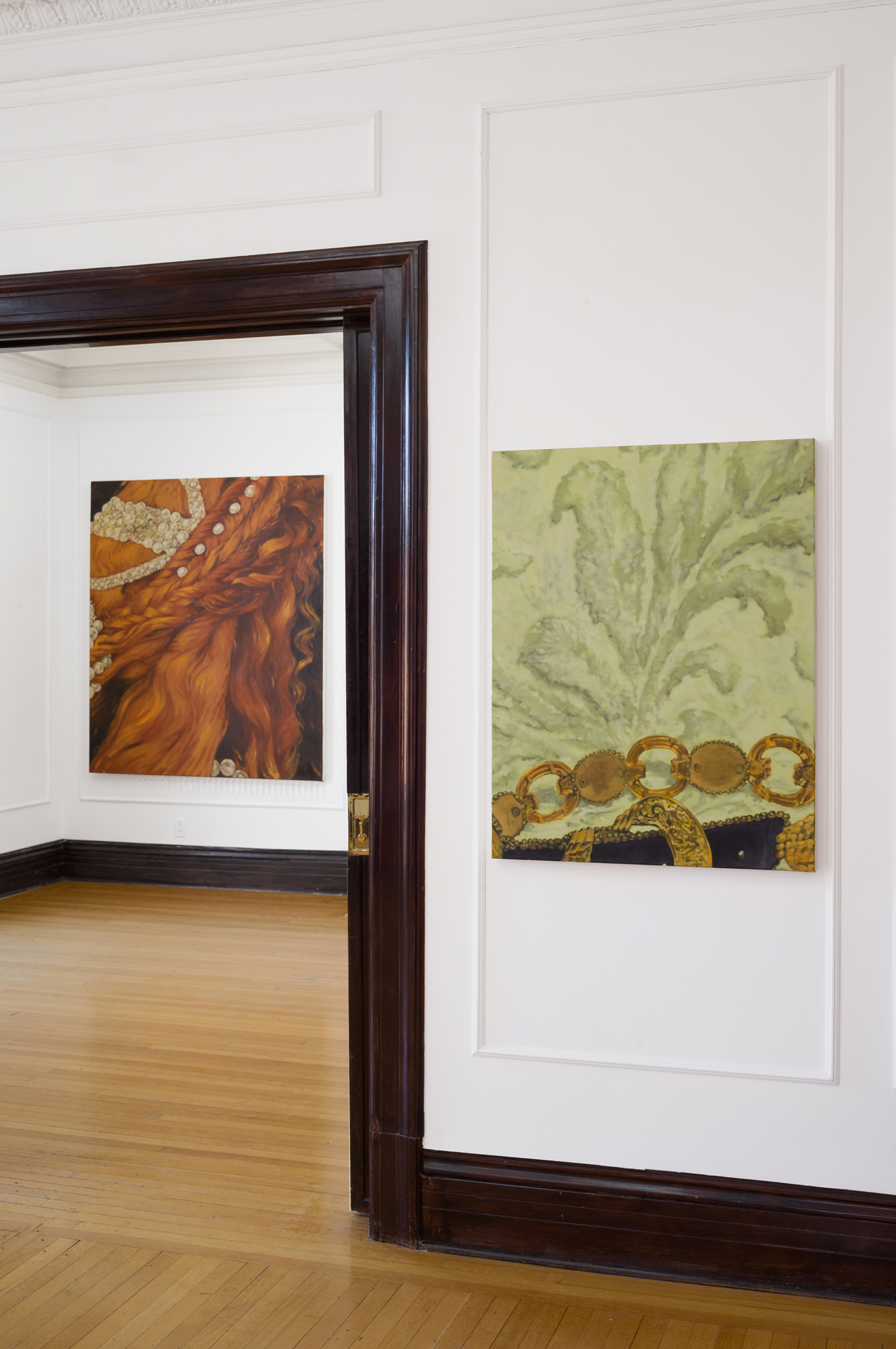
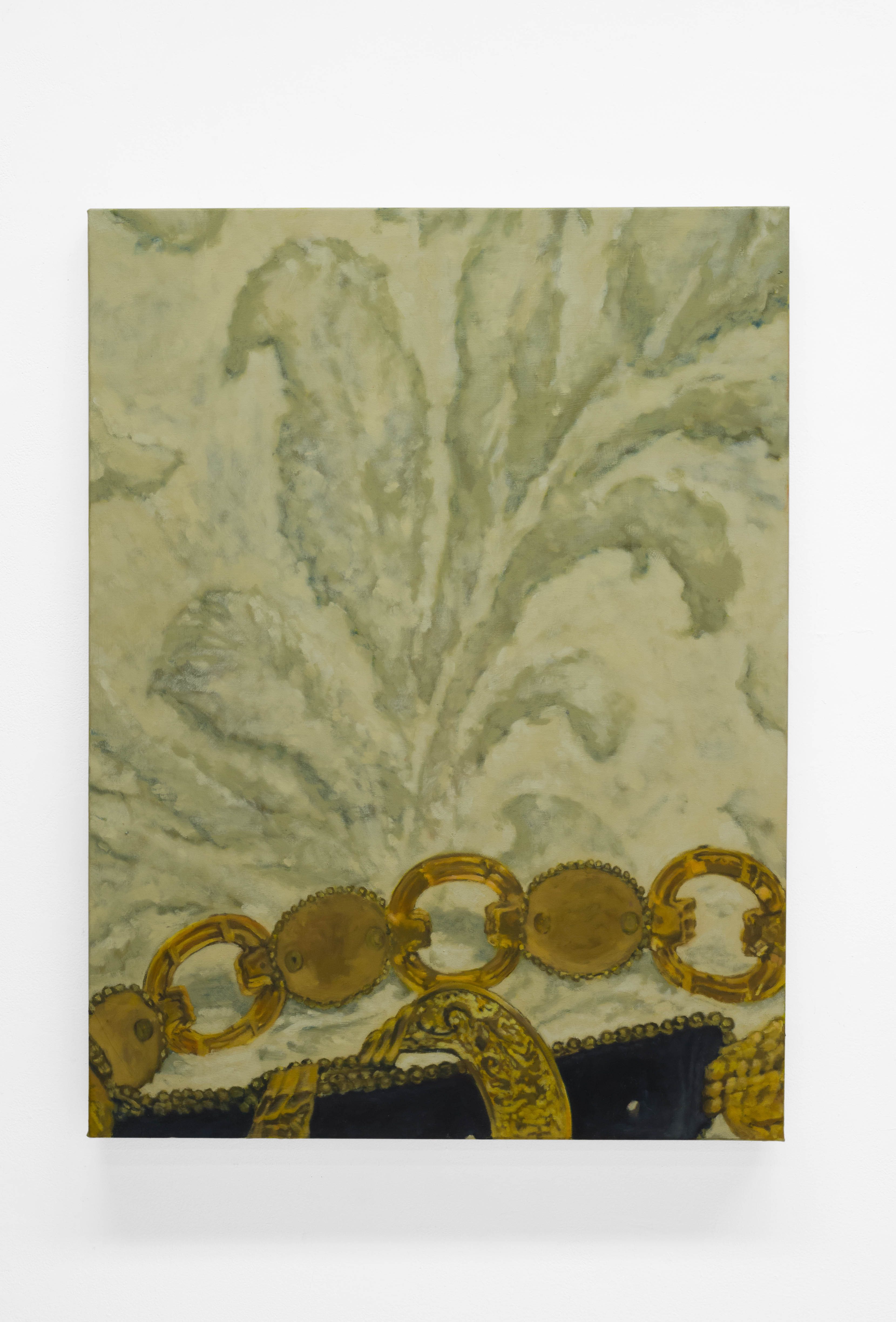
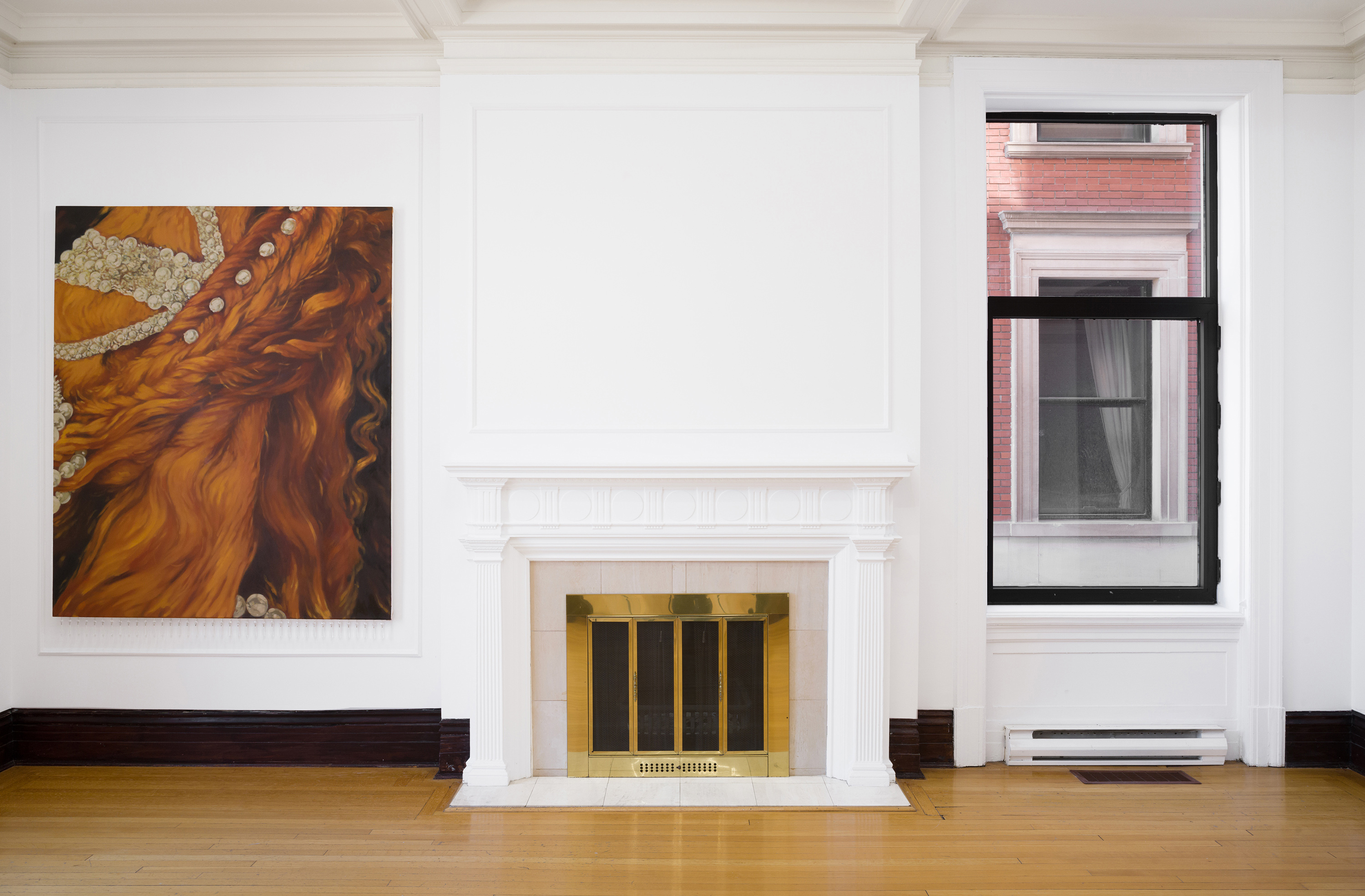
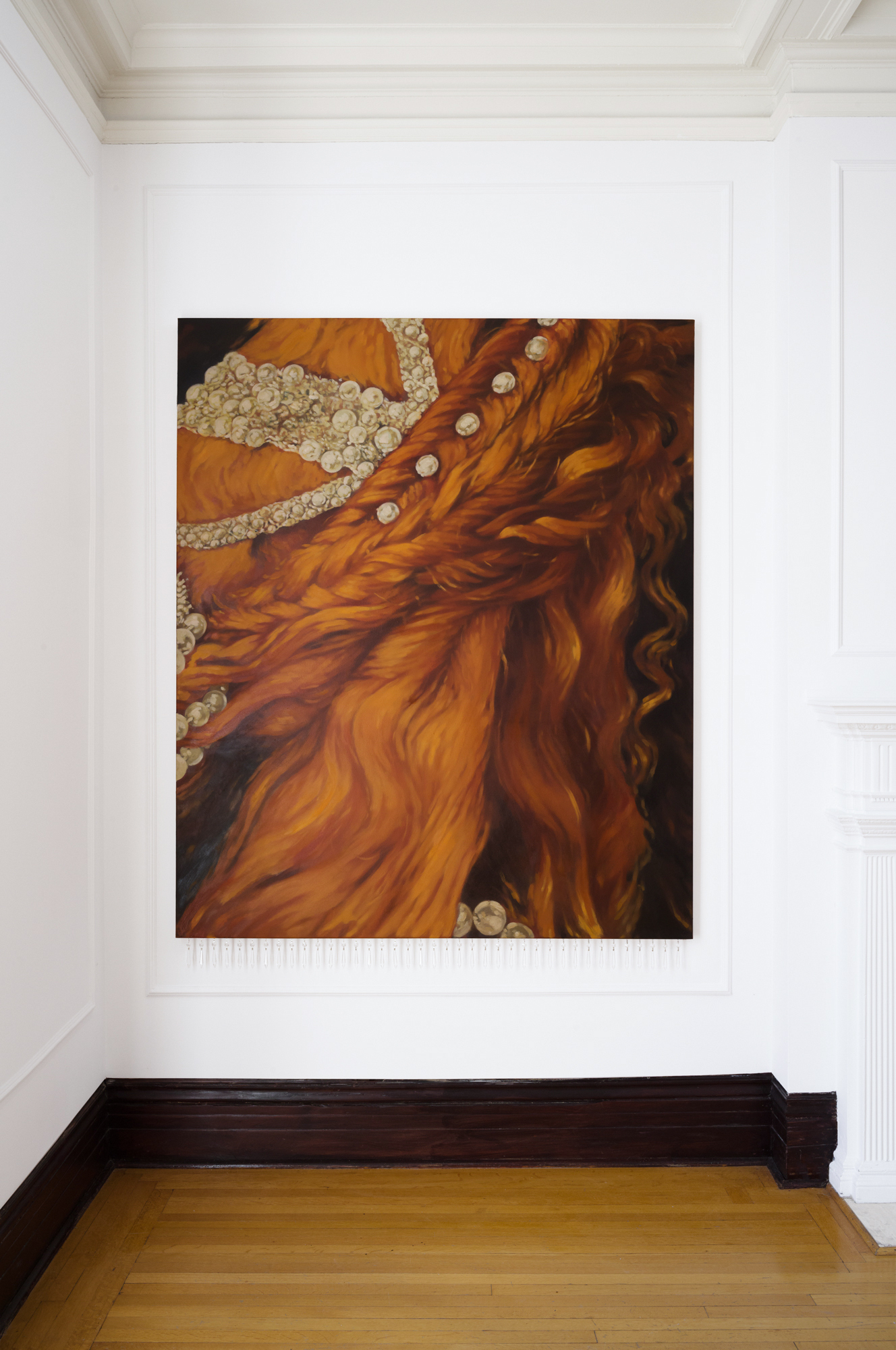



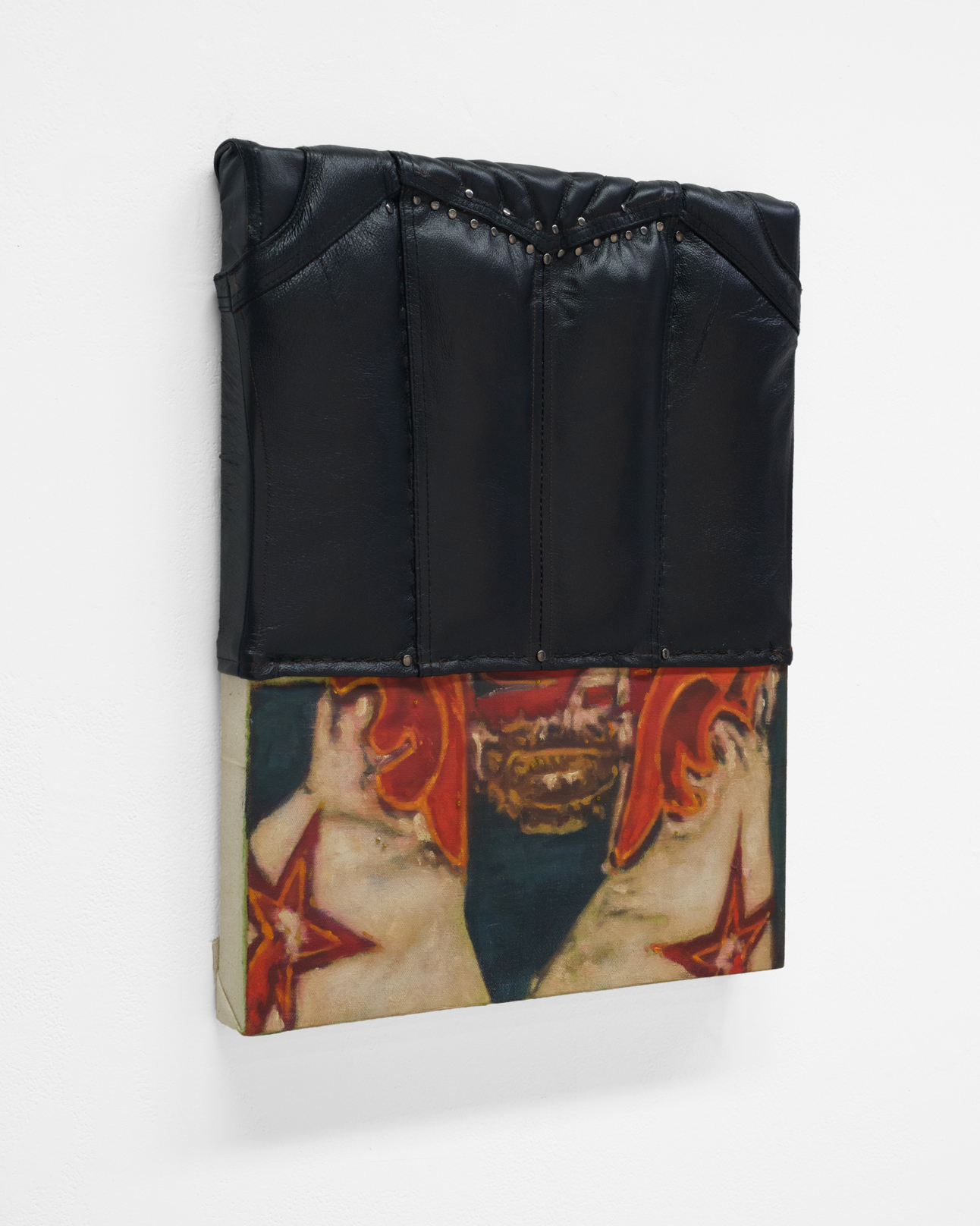
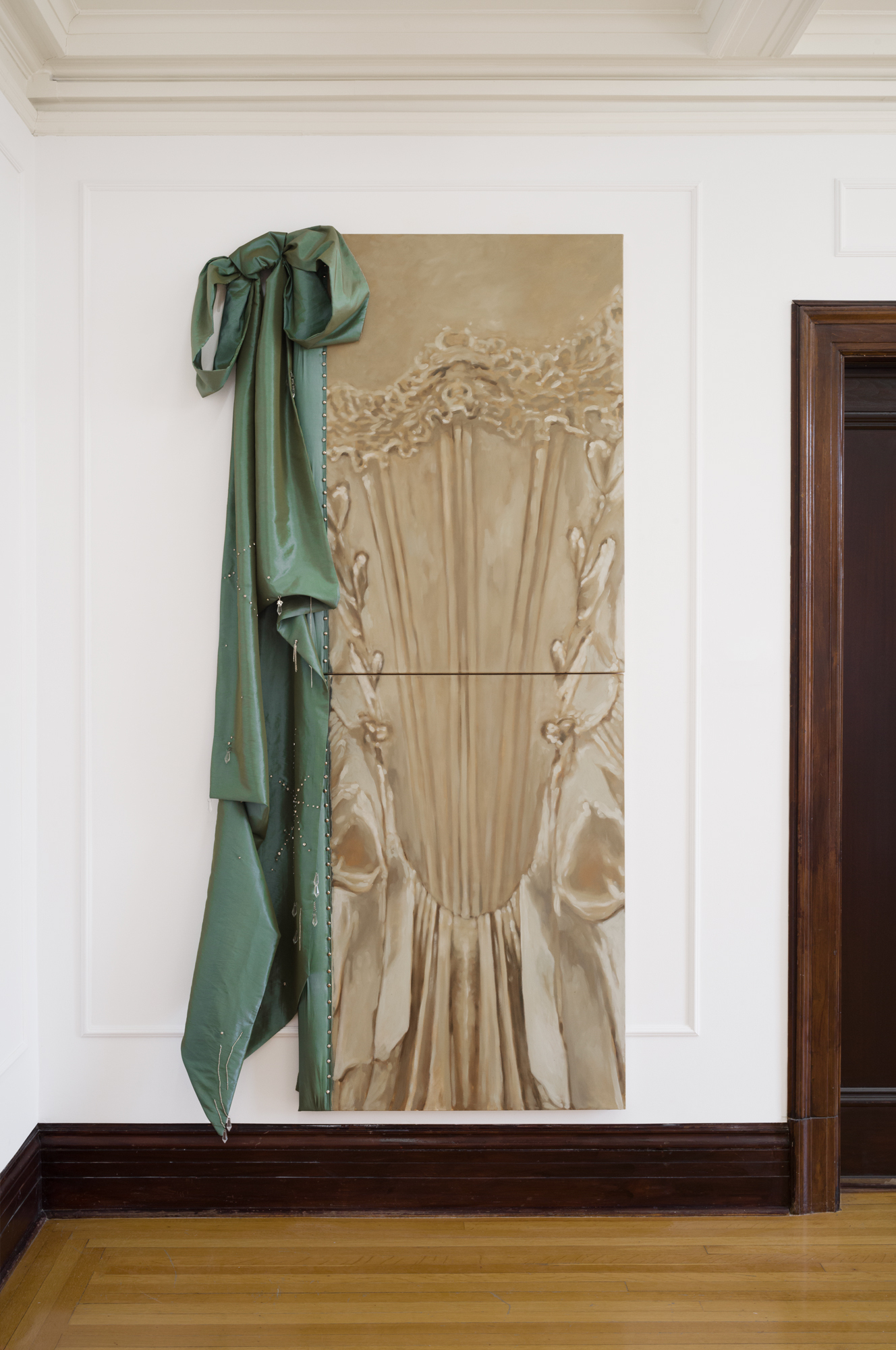

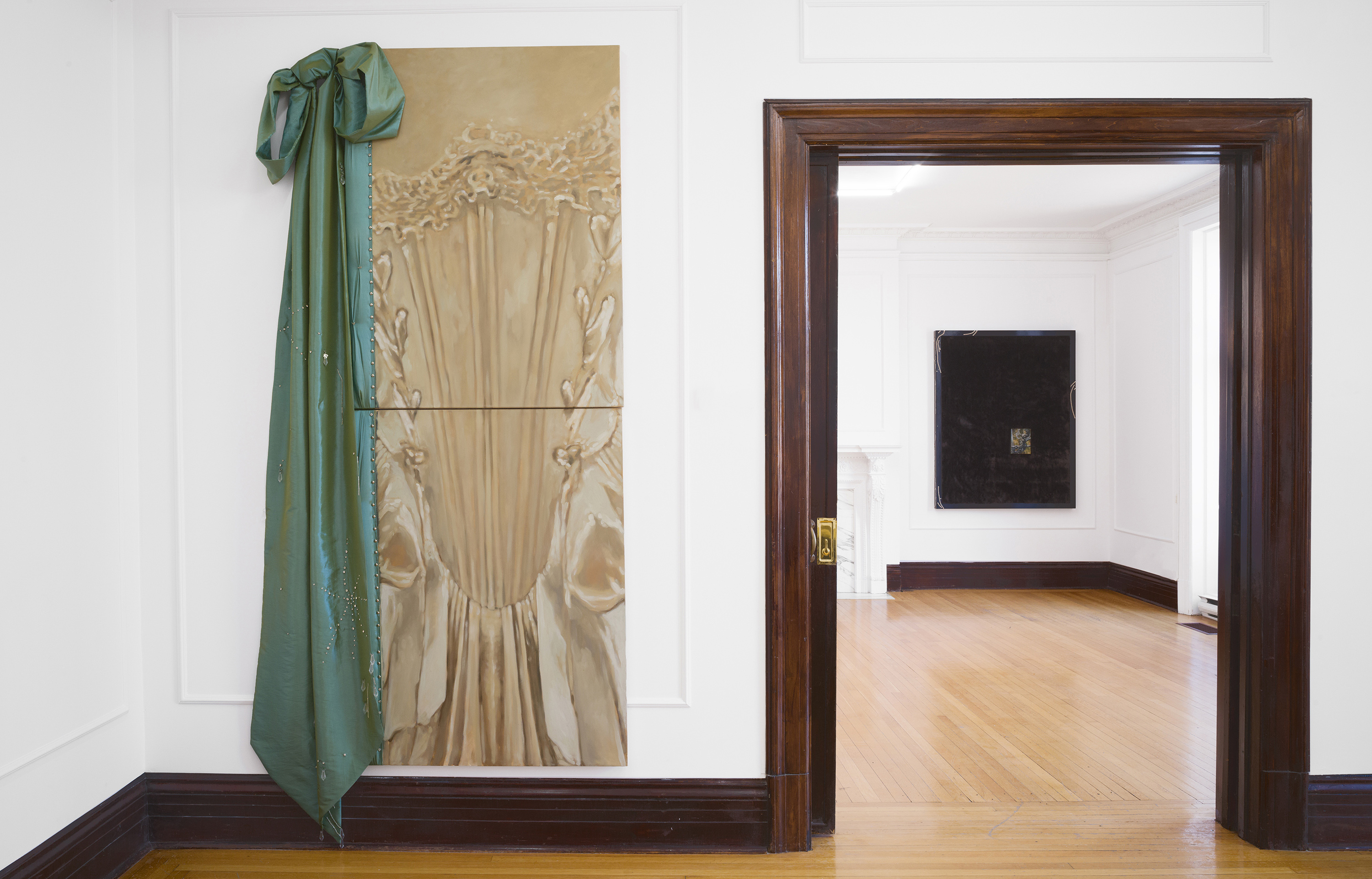
At the heart of Grace Kalyta's painting practice is the pursuit of unattainable desires. For most of us, the promise of possession is more enticing and addictive than possessing an object itself. It is the desire for something better, something to fill a void—possibly a siren song—that lowers our gaze, present time lost, and makes us scroll down the endless corpus of stuff we encounter online. Some objects though can wake us up from a torpor and peel us away from the monotonous blur as we screenshot and revive, full dynamic shutter shot sound in effect, to capture the image of our desire and save it for another future with the speed and precision of a hunter. Fully conscious of this contemporary condition, Kalyta integrates her browsing habit into her painting process as a means to question such ubiquitous experience, building an archive filled with second-hand, low-res images of clothing and goods that are often so broken down and anonymous that they become for the artist more compelling as an image in itself. Those mainstream images, made and seen by many, offer a point of entry for Kalyta's paintings, and while there is something girlish and fun in her approach, one can only feel the descent into this fraught world of goods where the veneer and the blinding effect of the bedazzled and the bejeweled are used as a strategy to hide something in plain sight.
By framing skewed paintings with impossible crops, Kalyta pushes our noses and senses right into the creases and folds of the materials. There is something wild and disobedient about Kalyta's approach to painting, and up against them, we realize they don't have the cool sophisticated feel and perfume of silk nor the lineage of precious gemstones, but rather the smell of hustle and perspiration, and the spectral look of exhaustion induced by the bribe of capitalistic abundance. Through her use of the surface effect, fake or real, of satin, metals, fur, lacquer, crystals, and pearls, Kalyta merges the material and immaterial alike, creating a web that spins together the complex pursuit of class and status distinction through shine and bling to the relationship between economies and ecologies. The world of sparkly goods, while upbeat and harmless in appearance, is integral to the construction of identities and industries that fill us with optimistic progress to which the counterpart is found in the form of excess and trash in our landfills. Opulence diverts our attention from the impending collapse and Kalyta is well aware of it. By nailing, embossing, and piercing the canvas with pleather, rhinestones, trinkets, and found objects, Kalyta thickly glazes over the illusion of abundance and its deceptions with an added layer of glitz. She wants us to catch a reflection—perhaps a small hint of glee that will reach over and pacify our anxieties, leaving us wanting more.
Text by Michelle Bui
